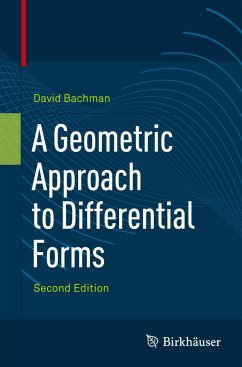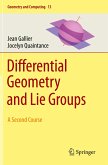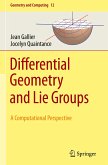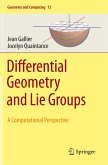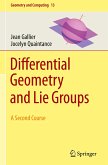The modern subject of differential forms subsumes classical vector calculus. This text presents differential forms from a geometric perspective accessible at the advanced undergraduate level. The author approaches the subject with the idea that complex concepts can be built up by analogy from simpler cases, which, being inherently geometric, often can be best understood visually.
Each new concept is presented with a natural picture that students can easily grasp; algebraic properties then follow. This facilitates the development of differential forms without assuming a background in linear algebra. Throughout the text, emphasis is placed on applications in 3 dimensions, but all definitions are given so as to be easily generalized to higher dimensions.
The second edition includes a completely new chapter on differential geometry, as well as other new sections, new exercises and new examples. Additional solutions to selected exercises have also been included. The work is suitable for use as the primary textbook for a sophomore-level class in vector calculus, as well as for more upper-level courses in differential topology and differential geometry.
Each new concept is presented with a natural picture that students can easily grasp; algebraic properties then follow. This facilitates the development of differential forms without assuming a background in linear algebra. Throughout the text, emphasis is placed on applications in 3 dimensions, but all definitions are given so as to be easily generalized to higher dimensions.
The second edition includes a completely new chapter on differential geometry, as well as other new sections, new exercises and new examples. Additional solutions to selected exercises have also been included. The work is suitable for use as the primary textbook for a sophomore-level class in vector calculus, as well as for more upper-level courses in differential topology and differential geometry.
From the reviews of the second edition:
"This book is a good complement to existing textbooks on vector calculus and shows a different view on classic material. It should be helpful to both physicists and mathematicians as an introduction to first concepts of the basic tools of modern theoretical physics, differential geometry, and topology." (Vladislav Nikolaevich Dumachev, zbMATH, Vol. 1266, 2013)
"This book is a good complement to existing textbooks on vector calculus and shows a different view on classic material. It should be helpful to both physicists and mathematicians as an introduction to first concepts of the basic tools of modern theoretical physics, differential geometry, and topology." (Vladislav Nikolaevich Dumachev, zbMATH, Vol. 1266, 2013)

